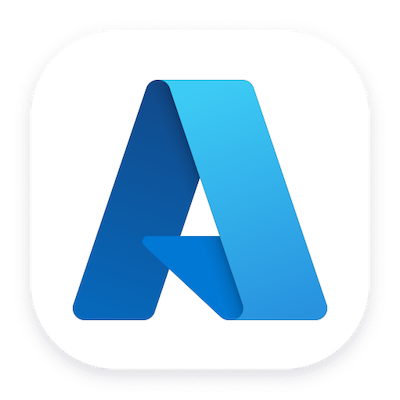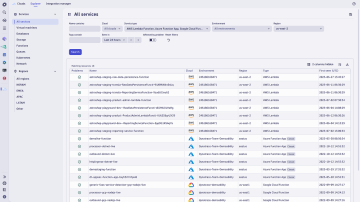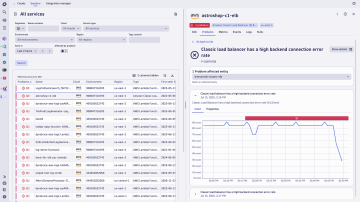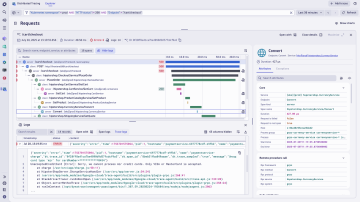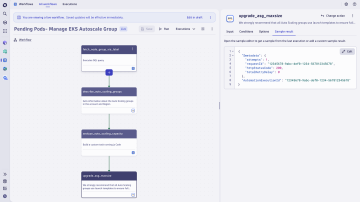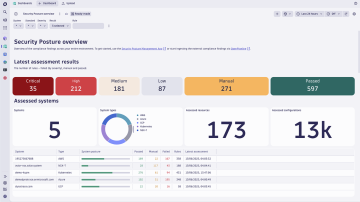



Say goodbye to cloud complexity
Take your cloud monitoring to the next level with one unified observability, analytics, and security platform
Understand and optimize your entire cloud estate
Keep up with rapidly dynamic environments and optimize your resource utilization:
- Onboard your cloud environments within minutes and immediately see your full (multi-)cloud inventory.
- Utilize (existing) cloud tags to define ownership, cost control, route alert notification, and drive preventive operations.
- Get full insights into the resource utilization of your private, public, and hybrid cloud services.
- Control cloud costs with context-rich analysis and full opinionated recommendations.

Manage the health and performance of your entire cloud infrastructure
Ensure optimal health and performance across all cloud environments through end-to-end observability:
- Monitor every layer of your cloud environment, from infrastructure and containers to applications and user experience.
- See metrics, events, logs, traces, metadata from virtual machines, serverless functions, databases, queues, storage, networking, and many more - in one view.
- Reduce troubleshooting and remediation time with AI-powered alerting.
- Use your (existing) cloud tags to immediately notify responsible teams.

Deliver excellent customer experience and application performance
Solve complex interactions between your cloud-native workloads and underlying cloud infrastructure and:
- Pinpoint root causes and impact with Davis AI.
- Continuously discover cloud-native services and observe health and end user experience.
- Visualize requests end-to-end with distributed traces and code-level profiling.
- Troubleshoot faster with real-time insights into all metrics, logs, events, traces, and metadata (in context).

Drive efficiency through automation and scale
Streamline operations through intelligent automation to:
- Provide centralized governance and orchestration across distributed teams and environments.
- Execute remediation workflows through runbook integrations or natively through Dynatrace. Employ predictive analysis to optimize infrastructure sizing and analyze implications on applications or end-users.
- Leverage understandable metrics like transaction-load or user-load patterns for capacity management.
- Combine contextual observability with the auto-scaling capabilities of the public cloud to adapt automatically to the elasticity of cloud-native infrastructure.

Integrated security for modern cloud environments
Strengthen security across cloud-native environments by:
- Monitoring all cloud environments to detect misconfiguratons, vulnerabilities, and runtime threats.
- Gaining full visibility into runtime environments, affected processes, services, applications, and Kubernetes (cloud?) workloads to prioritize risks in context.
- Flagging risks early in CI/CD pipelines and enforcing compliance with security benchmarks before deployment.
- Using automated root cause analysis and proactive remediation to stay ahead of evolving threats.
- Continuously assessing and improving security posture across hybrid and multi-cloud with compliance checks, risk-based vulnerabilities prioritization, and intelligent threat prevention.



